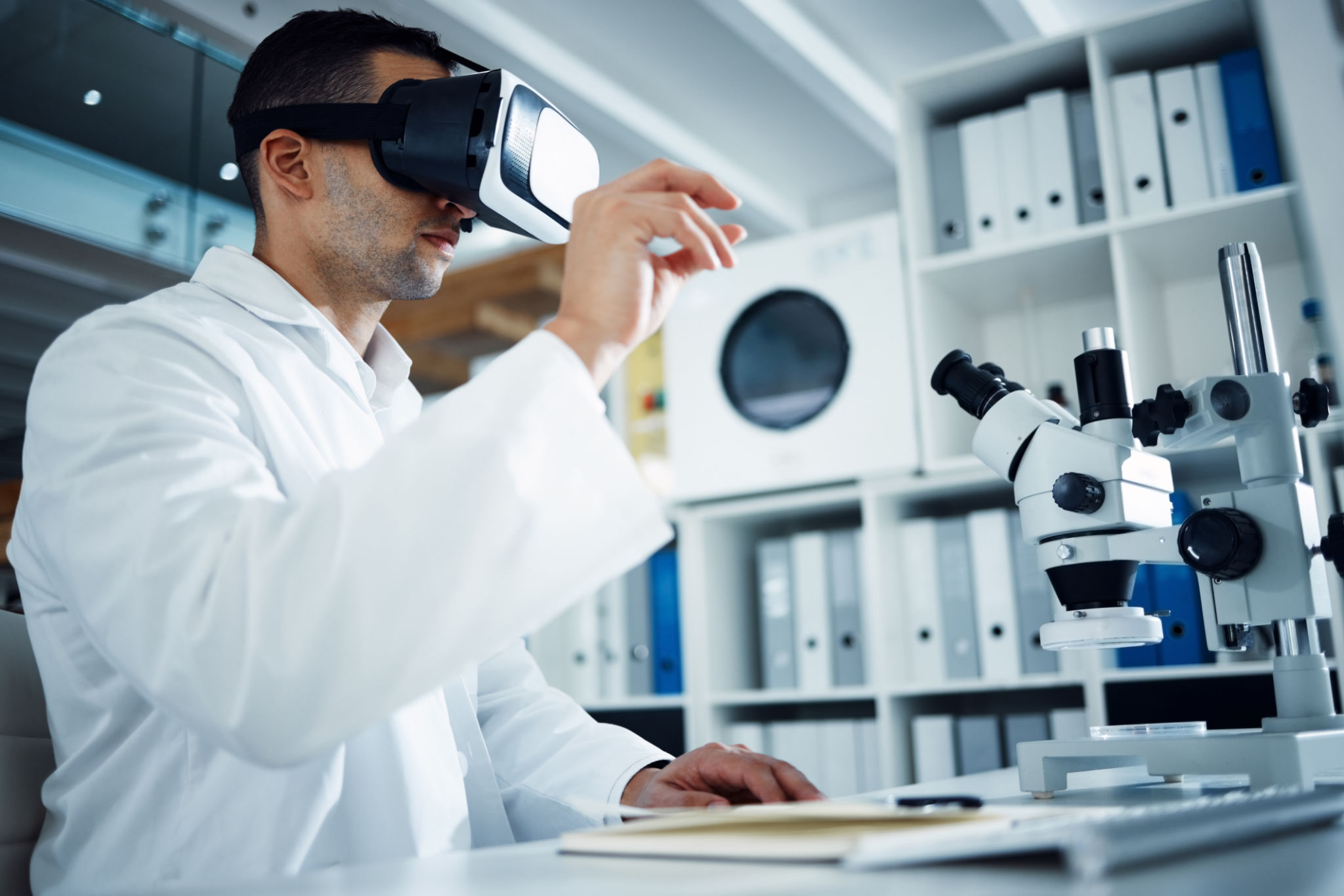Latest Trends in Medical Lab Interpretation Services
Revolutionizing Medical Lab Interpretation Services
As the healthcare industry continues to advance, the interpretation of medical lab results is evolving with groundbreaking trends. These trends are not only enhancing the accuracy of diagnostics but are also improving patient outcomes and streamlining workflows for healthcare professionals. In this blog post, we will explore the latest trends shaping the future of medical lab interpretation services.

Personalized Medicine and Genomic Data
One of the most significant trends in medical lab interpretation is the shift towards personalized medicine. By analyzing genomic data, healthcare providers can tailor treatments to individual patients based on their unique genetic makeup. This approach has been particularly transformative in oncology, where targeted therapies are designed to attack specific genetic mutations found in cancer cells.
The integration of genomic data into lab interpretation services requires advanced bioinformatics tools. These tools help in managing and analyzing vast amounts of genetic information, enabling more precise and effective treatment plans. As personalized medicine continues to gain traction, its impact on patient care is expected to grow exponentially.
Artificial Intelligence and Machine Learning
Artificial intelligence (AI) and machine learning are revolutionizing how medical labs interpret test results. These technologies are capable of processing large datasets quickly and accurately, identifying patterns that might be missed by human analysts. AI-driven systems can flag abnormal results, predict disease progression, and even suggest potential treatments.

Machine learning algorithms are also being used to automate routine tasks, freeing up lab technicians to focus on more complex analyses. By reducing human error and increasing efficiency, AI is playing a crucial role in enhancing the reliability of lab results.
Telemedicine and Remote Monitoring
The rise of telemedicine has amplified the need for remote lab result interpretation. Patients can now access their test results online, consult with healthcare providers virtually, and receive real-time feedback. This trend is particularly beneficial for individuals living in remote areas who may have limited access to medical facilities.
Remote monitoring devices and home testing kits are also becoming more prevalent. These tools allow patients to conduct tests from the comfort of their homes, with results automatically transmitted to healthcare providers for interpretation. This convenience not only saves time but also encourages proactive health management.

Integration of Electronic Health Records
The integration of electronic health records (EHRs) with lab interpretation services is another trend gaining momentum. EHRs provide a comprehensive view of a patient's medical history, enabling healthcare providers to make more informed decisions based on past lab results and treatments.
This seamless integration allows for better coordination among different healthcare providers, ensuring that all parties have access to the most up-to-date information. As a result, patients benefit from more cohesive care plans and improved health outcomes.
Regulatory Compliance and Standardization
As medical lab interpretation services evolve, maintaining regulatory compliance and standardization remains crucial. Ensuring that labs adhere to strict guidelines helps maintain the quality and reliability of test results. Recent trends emphasize the importance of adopting international standards to facilitate global collaboration and improve cross-border healthcare services.
Efforts are also being made to streamline the certification process for new technologies, allowing innovative solutions to reach the market more quickly while still maintaining high safety and efficacy standards.
In conclusion, the landscape of medical lab interpretation services is undergoing a transformative shift driven by technological advancements and a growing focus on personalized care. By embracing these trends, healthcare providers can deliver more accurate diagnoses and effective treatments, ultimately improving patient outcomes worldwide.